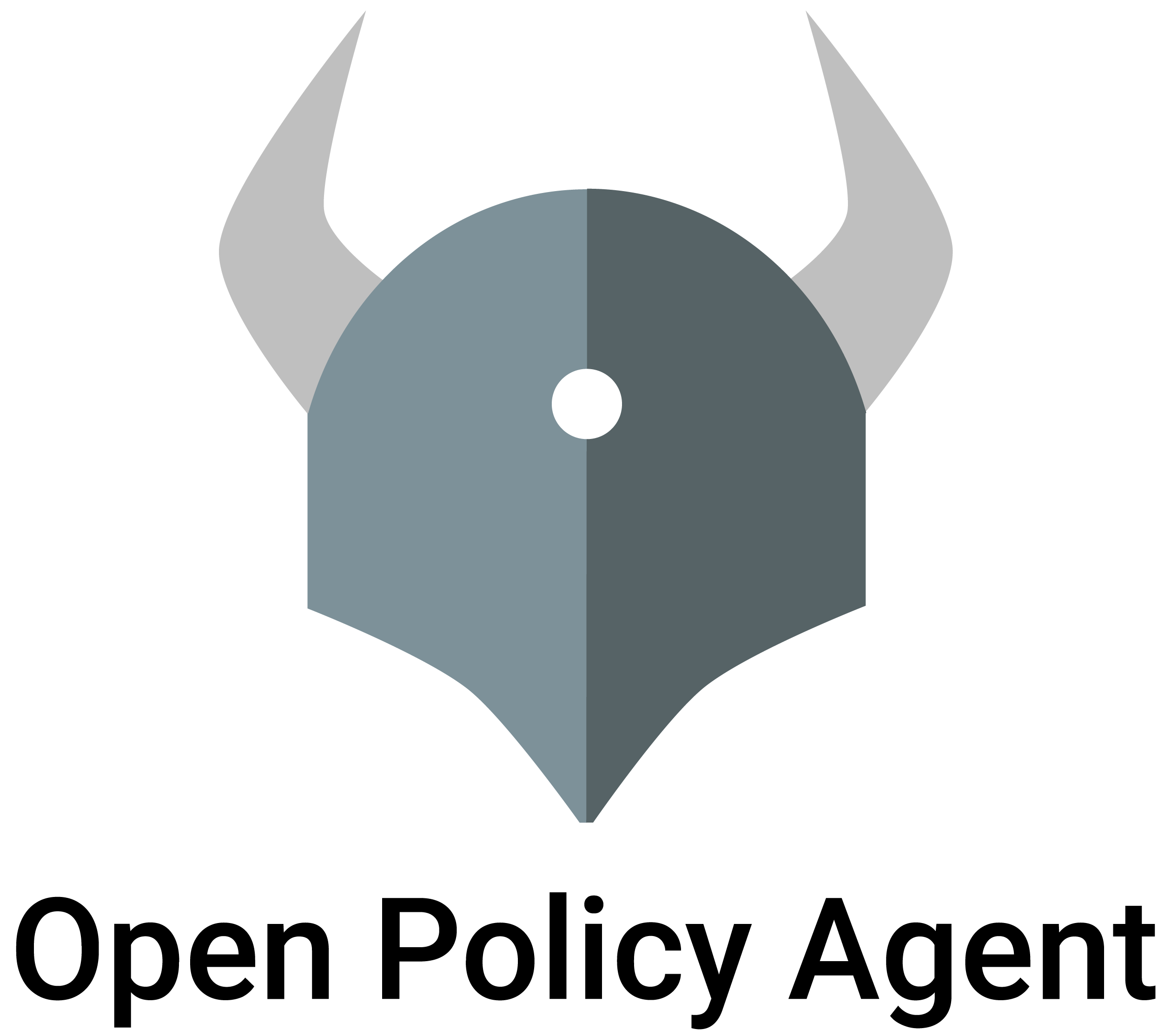Discovery
OPA can be configured to download bundles of policy and data, report status, and upload decision logs to remote endpoints. The discovery feature helps you centrally manage the OPA configuration for these features. You should use the discovery feature if you want to avoid managing OPA configuration updates in number of different locations.
When the discovery feature is enabled, OPA will periodically download a discovery bundle. Like regular bundles, the discovery bundle may contain JSON and Rego files. OPA will evaluate the data and policies contained in the discovery bundle to generate the rest of the configuration. There are two main ways to structure the discovery bundle:
- Include static JSON configuration files that define the OPA configuration.
- Include Rego files that can be evaluated to produce the OPA configuration.
If you need OPA to select which policy to download dynamically (e.g., based on environment variables like the region where OPA is running), use the second option.
If no discovery path is specified OPA will query the data document to produce the configuration. If a discovery path is specified, OPA will translate the path to a reference and evaluate it relative to the data document. For example, if the discovery path is /example/discovery OPA will evaluate data.example.discovery to produce the configuration.
If discovery is enabled, other features like bundle downloading and status reporting cannot be configured manually. Similarly, discovered configuration cannot override the original discovery settings in the configuration file that OPA was booted with.
See the Configuration Reference for configuration details.
Discovery Service API
OPA expects the service to expose an API endpoint that serves bundles.
GET /<service_url>/<discovery_prefix>/<discovery_path> HTTP/1.1If the bundle exists, the server should respond with an HTTP 200 OK status followed by a gzipped tarball in the message body.
HTTP/1.1 200 OK
Content-Type: application/gzipDiscovery can be enabled using the below configuration:
services:
- name: acmecorp
url: https://example.com/control-plane-api/v1
credentials:
bearer:
token: "bGFza2RqZmxha3NkamZsa2Fqc2Rsa2ZqYWtsc2RqZmtramRmYWxkc2tm"
discovery:
name: /example/discovery
prefix: configurationOPA will fetch it’s configuration from
https://example.com/control-plane-api/v1/configuration/example/discovery and
use that to initialize the other plugins like bundles, status, decision
logs. The prefix field is optional and by default set to bundles. Hence if
prefix is not provided, OPA will fetch it’s configuration from
https://example.com/control-plane-api/v1/bundles/example/discovery.
Below is an example of how configuration for decision logs can be included
inside a policy file.
example.rego
package example
discovery = {
"decision_logs": {
"service": "acmecorp"
}
}The same configuration can also be provided as data.
data.json
"example": {
"discovery": {
"decision_logs": {
"service": "acmecorp"
}
}
}In both cases, OPA’s configuration is hierarchically organized under the
discovery.name value. If discovery is enabled, the service field in the
bundles, status, decision logs plugins is optional and will default to one
of the services from the discovery configuration.
Example
Let’s see an example of how the discovery feature can be used to dynamically configure an OPA to download one of two bundles based on a configuration label that the OPA was started with. Let’s say the label region indicates the region in which the OPA is running and it’s value will decide the bundle to download.
Below is a policy file which includes the bundle congfiguration.
example.rego
package example
discovery = {
"bundle": {
"name": bundle_name
}
}
rt = opa.runtime()
region = rt.config.labels.region
bundle_name = region_bundle[region]
# region-bundle information
region_bundle = {
"US": "example/test1/p",
"UK": "example/test2/p"
}The bundle_name variable in line 5 of the above policy will be dynamically selected based on the value of the label region. So if an OPA was started with region: "US", then the bundle_name will be example/test1/p.
Start an OPA with a configuration as shown below:
config.yaml
services:
- name: acmecorp
url: https://example.com/control-plane-api/v1
credentials:
bearer:
token: "bGFza2RqZmxha3NkamZsa2Fqc2Rsa2ZqYWtsc2RqZmtramRmYWxkc2tm"
discovery:
name: /example/discovery
labels:
region: "US"Run OPA:
opa run -s -c config.yamlYou should see a log like below, which shows the bundle being downloaded. In this case, the bundle name is example/test1/p as region is US.
INFO Bundle downloaded and activated successfully. name=example/test1/p plugin=bundleNow start another OPA with a configuration as shown below. Notice the region is UK:
config.yaml
services:
- name: acmecorp
url: https://example.com/control-plane-api/v1
credentials:
bearer:
token: "bGFza2RqZmxha3NkamZsa2Fqc2Rsa2ZqYWtsc2RqZmtramRmYWxkc2tm"
discovery:
name: /example/discovery
labels:
region: "UK"Run OPA:
opa run -s -c config.yamlIn this case, the bundle being downloaded is example/test2/p as region is UK.
INFO Bundle downloaded and activated successfully. name=example/test2/p plugin=bundleThis shows how the discovery feature can help in centrally managing the bundle to be downloaded by an OPA based on a configuration label. You can use the same strategy to dynamically configure other plugins based on the running OPA’s configuration labels or environment variables.
Limitations
The discovery feature cannot be used to dynamically modify services, labels and discovery. This means that these configuration settings should be included in the bootup configuration file provided to OPA.
